







Bolivia Travel Guide
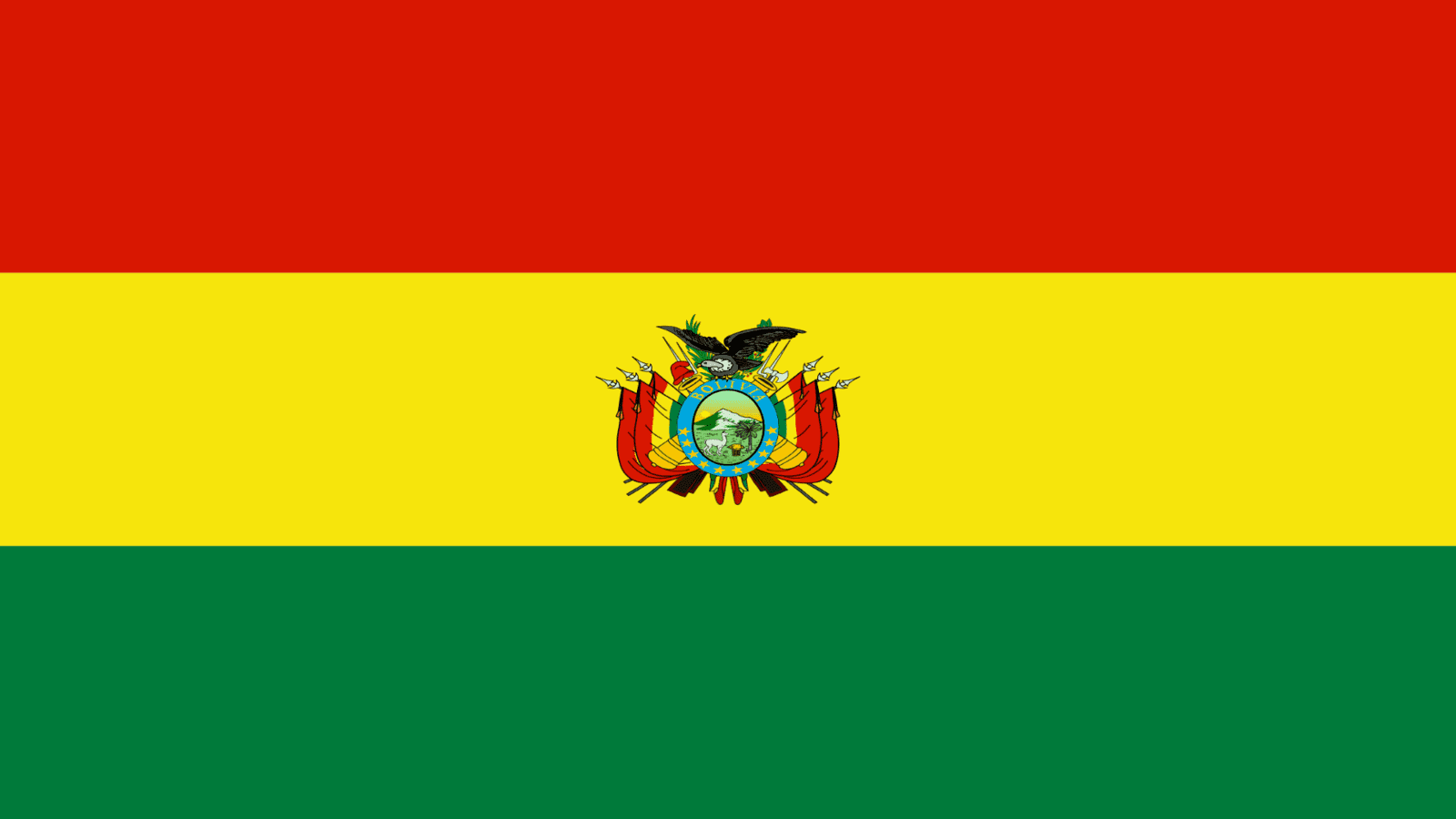
🗝️ Key Facts
🏛️Capital: Sucre / La Paz
💶Currency: Bolibiano (BOB)
🕙Time Zone: -4 GMT
📞Phone Code: +591
🌐Language: Spanish (Bolivian dialect)
✈️Best time to visit: May-October
🍴Eat: Picante de Pollo (spicy chicken)
🍷Drink: Mate herbal Tea
🗺️Don't miss: Uyuni for Salt Flats/ La Paz for Death Road tour.
🗺 Menu of Contents:

Bolivia represents one of the toughest destinations in South America, not so much related to safety, but to its incredible isolated location and altitude of its cities. Bolivia's ancient culture, raw landscape and mystery are some of the attractions that draw travellers to this incredible country! Remote, rugged and sometimes overwhelming, this destination belongs on every adventurer's bucket-list. Bold visitors will not be disappointed, whether they gravitate towards the Amazon Jungle's sweaty splendour, the vast emptiness of the world's largest salt flat, or the towering height of the Andes.
Bolivia also commands respect for its cultural and spiritual wealth. Culture lovers can immerse themselves in ancient Aymara, Tiahuanaco and Inca civilisations. In fact, Bolivia has one of Latin America's most concentrated indigenous populations, with many people still embracing the beliefs, rituals and lifestyles of their ancient predecessors.
❗Attention: Come prepared when visiting Bolivia, because not everything can go as planned! The weather also takes a major importance and often blocks transportation options and can leave towns and cities somewhat unreachable for days. Planning a trip in Bolivia requires patience, understanding and the ability to be spontaneous!
Bolivia, or Plurinational State of Bolivia, is located in western-central South America, surrounded by Brazil, Paraguay, Argentina, Chile, and Peru. Bolivia and Paraguay are the only landlocked countries in the Americas. Part of the country is the Andean mountain range, which, before the Spanish colonization, was part of the Inca Empire. Bolivia shares the Lake Titicaca, the world’s highest navigable lake, with Peru.
Because of its location and its altitude, the most direct way to travel to Bolivia is by air. In fact the country has very limited air connections, having only direct flights between Santa Cruz with Miami in the USA and Santa Cruz with Madrid in Spain. The only European airline which flies to Bolivia is Air Europa from Madrid. It is also possible to travel to Bolivia from major South American destinations with a transit stop like Bogota, Lima, São Paulo, Santiago de Chile or Buenos Aires for example.
The national airline in Bolivia is currently, Boliviana de Aviación, which flies to international destinations across South America but with only two long haul routes to Miami and Madrid. Domestically it's the leading airline in the country, where it has two main bases located at Santa Cruz (the biggest city) and La Paz (one of its capitals). When flying to Bolivia, the national airline is the best one for number of flights offered to domestic destinations and connections in Bolivia.
Once in the country, the hardious terrain which Bolivia is characterised by and the altitude, make it rather a rough country to drive around. This can be dangerous, when together with bad weather conditions, makes driving in the country a very treacherous one, where only profesional drivers are advised to take on the roads.
❗Attention: Travelling in Bolivia requires a spirit of adventure, patience and understanding. Local people usually take busses when travelling between cities, but these can often be very uncomfortable, time consuming and inpuntual. Specially when the weather is at its worse and travelling in the low season (see climate info below), journeys by road can be affected by landslides, floods, snow and ice, heavy or torrential rain plus the added technical difficulties which vehicles are often subject to in Bolivia, with a lack of recovery vehicles and road assistance.
If you are travelling domestically in Bolivia and are concerned about timings or on a short trip, then it's best for you to fly, instead of going by road. There are many factors to take into account, the most important, weather, length of time and the improvisation of technical difficulties along the way! However, the positive side of travelling by road for the adventurous traveller, is that you will be able to see the magnificent landscape beauty of the mountain range of Bolivia, admire the heights and travel along very typical Bolivian villages.
Many local bus trips can take place during the night time, busses have comfortable sleeper seats and often even provide food onboard included in the ticket. Also, meeting the local bolivian people can be interesting, as they are welcoming and friendly, and can enjoy a nice chat along the way. However, their English is quite basic, not to say limited to hello and bye. Knowing some Spanish to be able to communicate during the trip will help you navigate much easier.
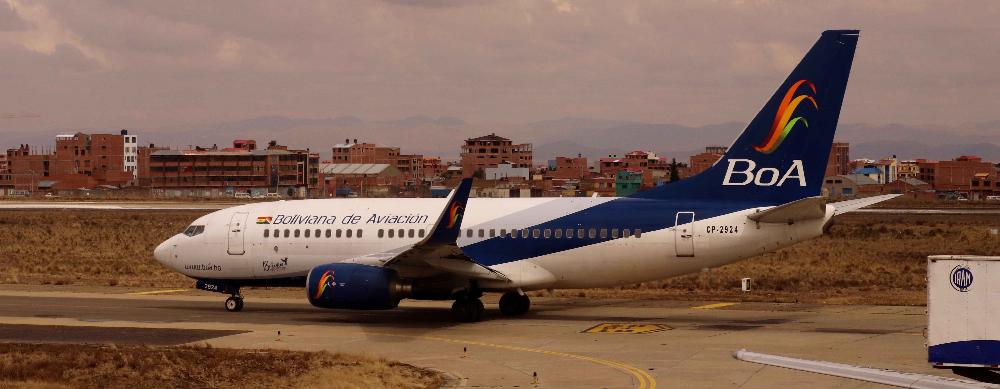
Bolivia is overall a safe country for travellers. The crimes reported are normally non-confrontational, and it usually happens in major cities and tourist areas, like Santa Cruz or La Paz. Violent crimes against foreigners are low, but this does not mean you should let your guard down; it is still recommended to use your common sense as you would in any big city as petty crime is on the rise.
Most of the crimes and scams against foreigners are crimes of opportunity. Bag snatching is common, so make sure you carry your bag facing away from the street. Bus terminals, bus stops, markets or big squares with many people are common places where thieves take advantage of distracted travellers and use their pickpocketing skills. “Accidental” spills are a way to distract you and pickpocket you, so always be vigilant. Criminals may pretend to be police officers with false police ID cards, uniforms, and even fake police stations. They may ask for your passport and ask you to get in a taxi where you are robbed or taken to an ATM to withdraw money. Official policemen will be okay with a copy of your documents and won’t ask you to get in a taxi. “Express kidnappings” can occur, especially in La Paz. Victims are grabbed and force to take out as much money as possible from ATMs. If you hear about tours to San Pedro prison, refuse them. Prison tours are illegal and unsafe; avoid them as there are no guarantees for your safety inside prison grounds.
❗Attention: Areas to avoid in Bolivia are Coroico and Carnavi in Yungas. Also stay away from Coronilla Hill in Cochabamba, due to high levels of crime.
If you are taking taxis, use a “radio taxi” service instead of flagging down one as you may get in a fake/unregistered taxi. This happens especially in the city of Santa Cruz and La Paz. Radio taxis can be identified by the telephone number and the name of the taxi company on the vehicle’s roof.
Lastly, Bolivia is a country exposed to many natural disasters like floods and landslides, especially in mountainous areas during the rainy season that runs from November to March.
Consisting of temperate valleys, semi-arid highlands, humid jungles and pleasantly warm lakeside villages, Bolivia’s weather differs greatly depending on the altitude and topography of the region. Because most of the country is situated at a high elevation, temperatures vary from hot and humid during the day to freezing cold at night. Whilst Bolivia is a beautiful place to travel at any time of year, there are pros and cons to traveling in the different seasons.
Below you will find the 3 main seasons of the year. Knowing in advance the sights you want to see, the tours you’d like to experience, and the mode of transport you take will help you to plan your trip to Bolivia:
- Low Season (November - April): It's the rainy season in Bolivia’s, in which the lowlands can suffer the most, with torrential rain making transportation via roads challenging, if not impossible. Flights to the Amazon are more unpredictable at this time making boat the preferred mode of transport. Climbing and hiking can be dangerous due to inaccessible tracks, frequent landslides and river swells. The wet season offers more variety and frequent, powerful thunderstorms, producing some epic lightning shows in the process.
- Shoulder Season (April - May or October - November): The shoulder season is a great time to visit Bolivia’s as the weather is pleasant with limited amounts of rain. Tour prices are cheaper than in the high season.
- High Season (May - October): Bolivia’s highland areas are cool and dry during the day making it a consistently good time to visit. Days feature clear blue skies and light breezes, however evenings can get very cold, dropping to below freezing at night. High season is also a great time to visit the Bolivian Amazon when there is more wildlife to observe and less mosquitoes. However, tour prices are generally higher from May to October with August being the most popular month for travel with tourism at its peak.
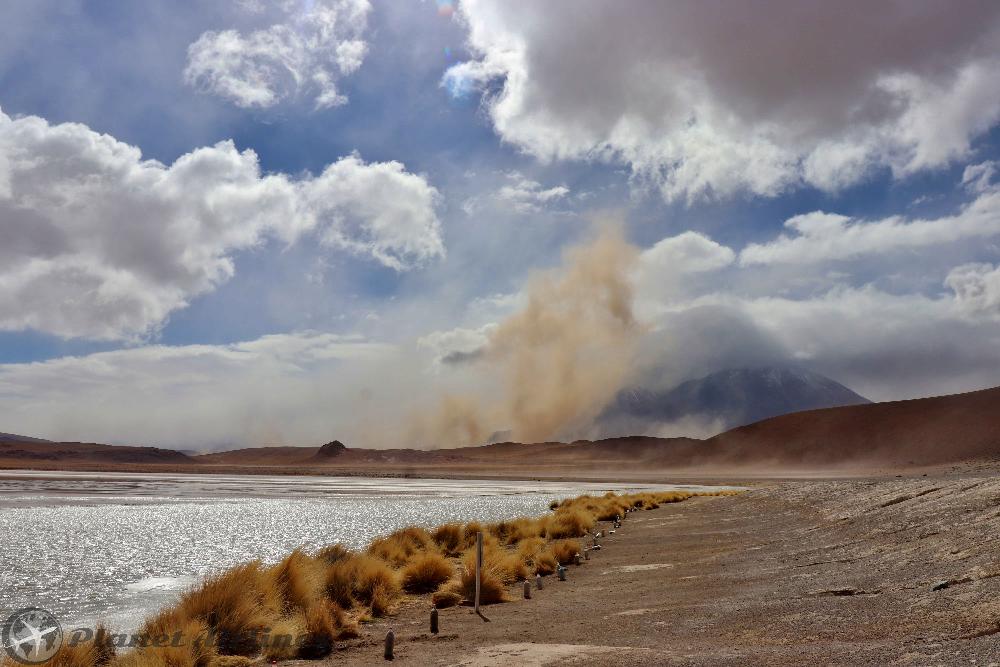
Bolivian cuisine is as distinctive and varied as its landscape. Local specialities differ depending what region you visit. The highlands and lowlands each have their own flavours. Aymaran cuisine in the Andes and Altiplano is centred on carbohydrates, especially potatoes, rice and quinoa, and meat (mutton and llama). Food in the lowlands tends to be more tropical (yucca and plant origins) with beef featuring heavily on menus. You will find a large range of national and international restaurants, especially in La Paz and other large cities. It is possible to find pizzerias, Chinese restaurants (known as chifas) and high-end eateries, as well as more rustic chicken restaurants for example. Vegetarian options are limited (though there are a lot of egg-based dishes) outside the main cities. For the best deals dine at a local market or look out for the set lunch menu.
Specialities in Bolivia include: Salteñas, pasties filled with meat, vegetables, sauce, olives and hard-boiled egg. Api con buñuelos, sweet, hot maize drink with cinnamon, sometimes served with deep-fried pancakes. Chuño, a naturally freeze-dried potato, which is nutty in flavour and often used in a soup called chairo. Llajwa, a hot chilli sauce served with most dishes. Chorizos chuquisaqueños, pork sausages in a spicy sauce. Lomo Montado, fried tenderloin steak served with a fried egg and chopped tomato on top. Cuñape, a pastry made from cheese and yucca flour. Surubí, a meaty white fish from the Amazonian rivers. Picante de pollo, southern-style fried chicken, fried potatoes, rice, tossed salad with hot peppers. Lechón al horno, roasted suckling pig served with sweet potato and fried plantains. Charquekan, Llama or beef jerky, served fried with jacket potatoes, cheese and llajwa.
As for drinks you can find: Mate, a herbal tea, usually made from the coca leaf which helps with altitude sickness. Chicha, a fermented maize beer available in the Cochabamba region. Singani, a popular brandy made from fermented grapes. Used in cocktails and great with lemonade. There are many local and imported wines in Bolivia, La Concepción, is a high-altitude wine from Tarija in Bolivia.
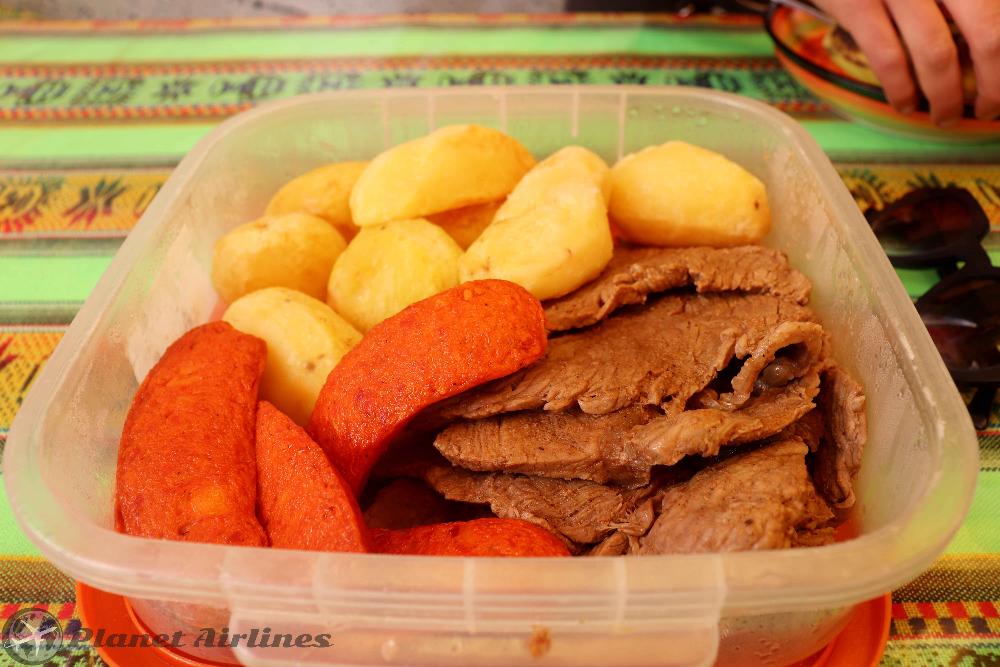

Bolivia is an incredible country in so many different ways, with a big diversity in landscape and natural beauty, making it a top destination for tourism. However, the most challenging part coming to Bolivia, is the height of its cities! When flying or coming direct from another altitude, it can take a week or 10 days to get used to! Feeling tired, dizzy, suffering from headaches, stomach ache, diarrhea or vomits are all signs that can limit ones health at the beginning! Once over that part, you can fully discover and enjoy Bolivia.
My tour, begun in La Paz, at 3600 meters it was hard for height sickness at the beginning but one cannot avoid walking in the streets full of markets, stands and seeing such diversity of people. Local countryside women dressed in traditional clothes mixes with everyday city live. The difference in people offers a great perspective of how life is in Bolivia.
La Paz, is also a great city for tours, like to visit or see the great Huayna Potosi mountain and take the 'Death Road' bike tour.
My trip then took me to Sucre, a much smaller city with a more moderate height, which helped to get over the initial sickness. Sucre is very safe, with the colonial houses making it ideal to photograph all it's central streets and walking around is more relaxing than the bigger hilly city of La Paz. However traffic in Sucre, is congested at times, making for a lot of pollution. It's hard not to breath smoke and toxic fumes. In Sucre the highlight is the Dinosaur Park with the impressive extinct animal footprints found in 1985.
Potosi was another city I visited on my way to Uyuni. Again smaller, Potosi is however at a higher altitude and everything is either up or down hill! The centre of the town is very pretty and live is very laid back here. The must do activity in Potosi, is to visit an active mine, by tour. It's very interesting and in some way incredible to see people still having to work many hours in very hard conditions in order to survive and provide to their families.
The last and most impressive place to have visited was Uyuni, having joined the 3 day tour of the Salt Flats. The town of Uyuni is just the starting or ending point for hundreds of travellers who visit the area. The tour is for those travellers seeking adventure, some what challenge in hard weather conditions, but the rewards of seeing such diverse scenery and being so unique, makes one appreciate so much, what we often can take for granted. During the tour you learn so much about Bolivia and can also make some new friends, as you are travelling for 72 hours together with fellow travellers.
To summarise, Bolivia would appeal for those wanting to see and experience the more basic and rural side of a country which is still in development, where you need to take a relaxed approach and where anything can happen, because mother nature is very powerful here and things can often change or cancel because of severe conditions like rain, snow or wind. Bolivia is a safe country as long as you stick to the guides. Bolivia is impressive in all ways and it's definitely one of those places you will never forget for the adventure factor which it offers in all it's tours and places to see! You will always come back with loads of stories or curiosities about this trip, for sure, and amaze your friends and family!
(Once Visited)



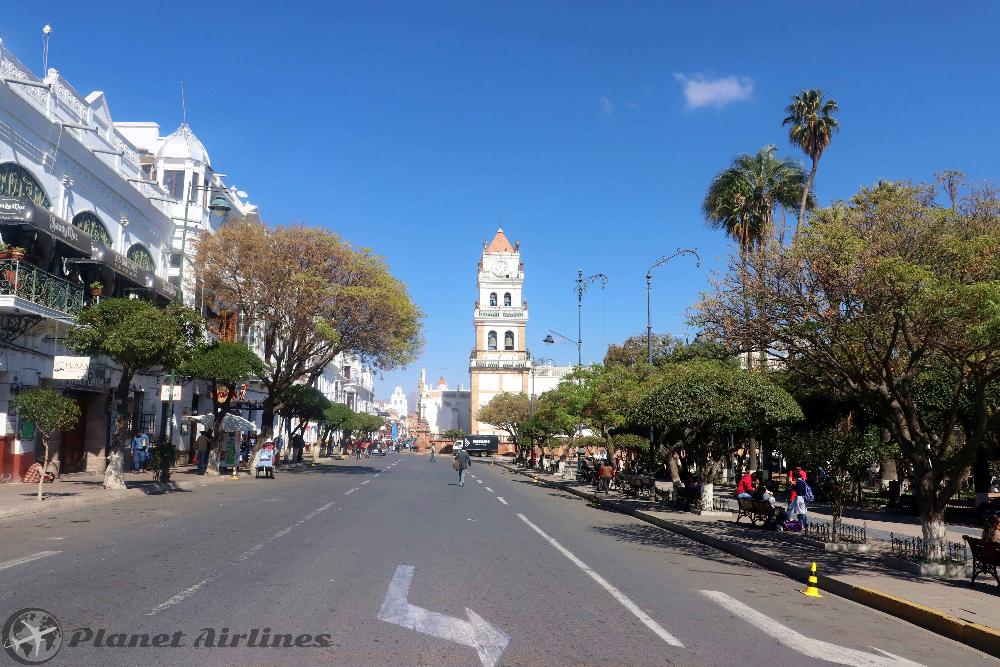

.png)